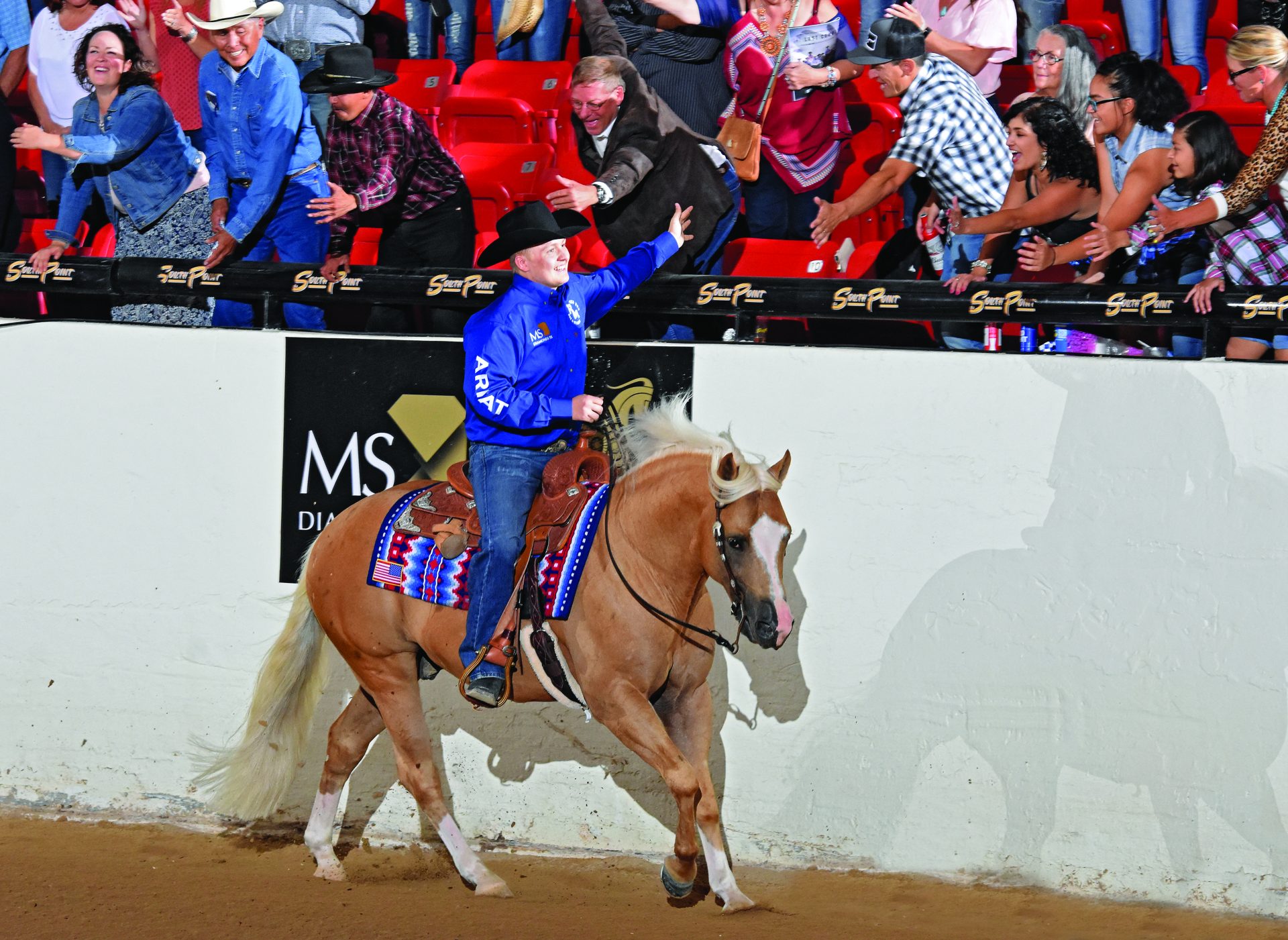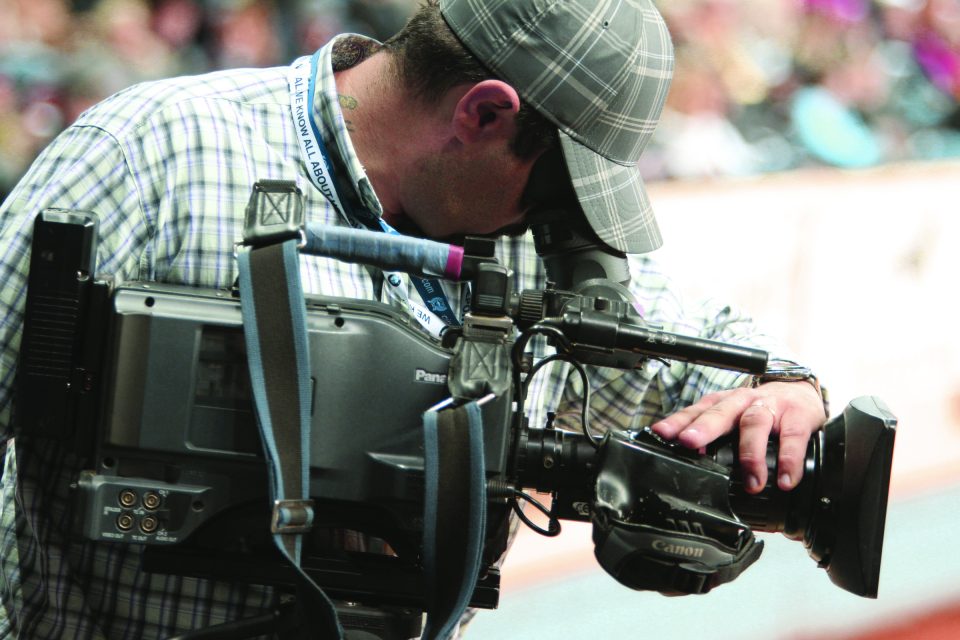Leverage major events and hot topics to your advantage on social media.
By Kristin Pitzer

On August 17, 2019, fans crowded into the South Point Arena and watched, along with a broad online audience, as Cade McCutcheon and Craig Schmersal slid to a tie for the first-ever Run for a Million championship under the bright Las Vegas lights. It was the culmination of a season’s worth of buildup for followers of The Last Cowboy, a reality show that showcased reining at the top level.These entities—the TV show and the Million Dollar Invitational, with their huge global presence—brought reining to more non-equestrians and non-reiners than any event before them. The resulting social media buzz from both the TV show and the event sparked an unprecedented wave of interest in the sport—a wave that professionals, even those who weren’t involved with either event, could—and should—take advantage of. From the Run for a Million and beyond, major horse events that have everyone talking are great ways for you to boost your own training businesses through social media and digital presence.
In this series of posts, we’ll discuss how to leverage these types of events, even if you’re not in the main spotlight. Topics include:
Part 2: Bettering Your Content
Raking in the Likes
The people directly involved with The Last Cowboy and the Run for a Million—the trainers featured and their owners, for instance—gain stronger followings when the show airs. Others that are farther from the spotlight, though, have also been able to pick up fans.
Gabe Hutchins, head trainer and owner of Tamarack Ranch saw the biggest increase in likes on Tamarack’s Facebook page after the ranch was featured in an episode of The Last Cowboy, season one. From the Wednesday night the show aired until the following Wednesday, the page gained 270 new followers—more than it had ever received in one week. Many of the likes came from fans of the show, not just performance horse industry people.
“With those kinds of people come different questions,” Hutchins said. “We had some way different messages on Facebook than we normally get, so we tried to keep those dialogues with those messages going as long as we could with those people, just to help keep promoting Tamarack, but also reining—taking advantage of the situation where we could.”
While Hutchins knew it would take some time to convert those non-industry likes into more business for Tamarack, it’s an endeavor he believed was worth the effort.
“I think the business part is going to be more long-term because you’re going to have to build something out of it,” he said. “You can’t just expect somebody new to the business to buy a horse next week. It’s something that you’re going to have to follow-up with. You’re going to have to do your part of running a business, making sure you can make that happen, but I think that’s our responsibility. The door’s been opened for us; now, what do we want to do with it?”
Using social media platforms, like Facebook, to take advantage of this opened door is a great way to boost your own name and training business. One way to do that is to promote your status as an expert on the subject matter by interacting with fans.
“Trainers have unique knowledge and personalities,” said Erik Gauger, Lead SEO Strategist for AIM, a media company. “Start with the idea that you’re spreading your specific knowledge and sharing your personality.”
Replying to comments and answering questions, whether they’re on the event’s page or a general riding page, provides the double-whammy of demonstrating your knowledge of a subject and also showing the social media platform’s algorithms your page is important. For example, if someone asks about reining on The Last Cowboy’s Facebook page, reply from your business account to gain recognition. Just finding a way to get your name out there can be beneficial.
Read the rest of this article at the links above.



